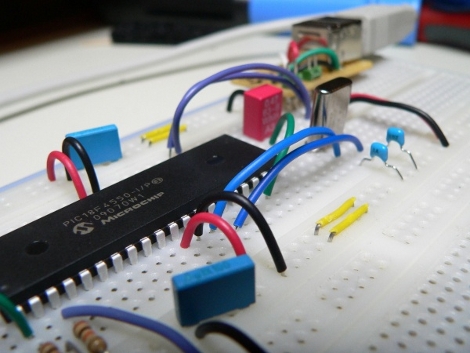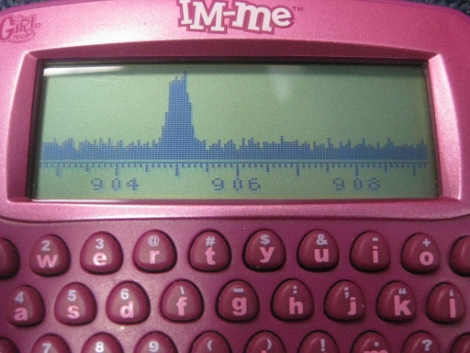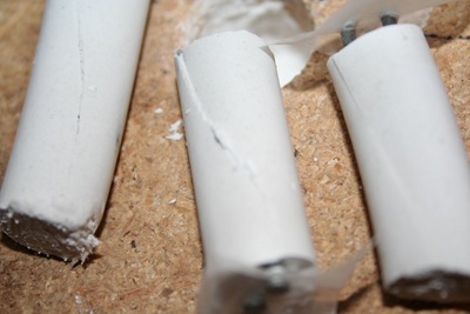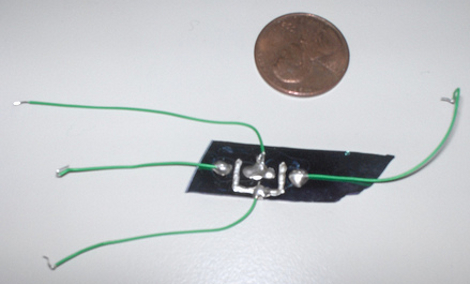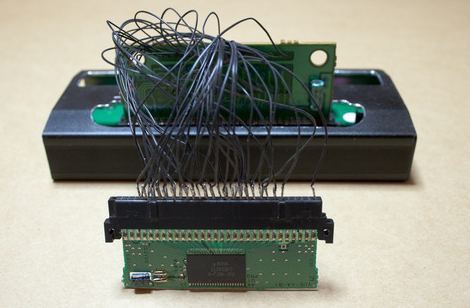
[Matthias Hullin], the creator of the snega2usb let us know that its name has been changed to the Retrode. We watched this device go through the development cycle and learn to read SNES and Sega Genesis cartridges via a USB connection. Now it’s seeing some hacking to extend those capabilities. [Jon] managed to rig the Retrode up to read Virtual Boy cartridges. The Virtual Boy was a Nintendo console from the mid ’90s that used two different screens in a glasses format to produce a 3D gaming experience. Now that the cartridges can be easily dumped you have a chance to replay the titles using an emulator.

